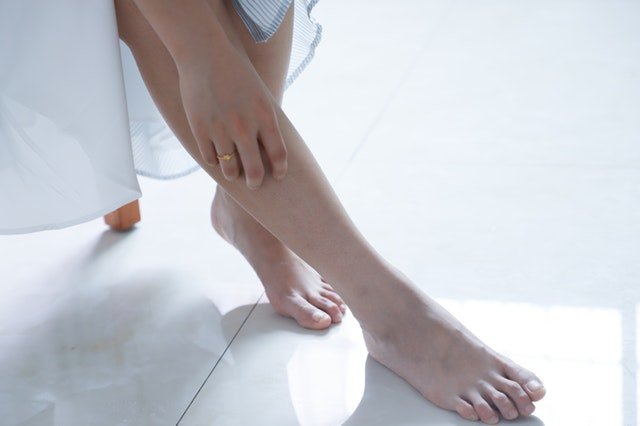
The number of people diagnosed with diabetes, globally, has risen from 108m in 1980 to 422m in 2014.
People with diabetes who develop neuropathy don’t feel pain when they are injured.
Therefore, they may not notice soft tissue damage in the foot (or elsewhere) until the damage is quite extensive.
Many of diabetes patients also have peripheral artery disease (PAD) due to poor blood circulation to the legs.
PAD could reduce a person’s ability to fight infection and puts them at a higher risk of developing foot ulcers.
Research shows that people with diabetes have a 25% chance of getting foot ulcers.
In most cases, diabetic foot ulcers are due to the accumulation of some kind of injury, nerve damage and deformity.
About 80% of foot ulcers involve some form of trauma and are therefore potentially preventable. Also, many foot ulcers develop as a result of ill-fitting shoes.
Foot ulcers are the starting point of more than 80% of foot amputations.
If a person develops a foot ulcer, they are at an increased risk of amputation because of infection and other related complications.
The cost of treating diabetes-related foot issues puts a significant financial burden on healthcare services.
In the US, the annual direct costs of diabetic foot complications are greater than the five major cancers.
While costs are increasing, healthcare professionals have yet to find an effective way to screen diabetic patients and treat complications caused by the disease.
Researchers from Staffordshire University suggest several ways to prevent or treat diabetic foot ulcers.
This includes regulating the person’s blood-sugar levels; ensuring that they are regularly screened for foot and other diabetes-related problems; educating them about their condition; and providing special shoes, insoles, and foot braces.
For example, evidence shows that providing appropriate footwear to all patients with diabetes at risk of ulceration would be a cost-effective and potentially cost-saving measure.
Moreover, screening in primary care also needs to improve.
Currently, there are disparities and inconsistencies in the methods and tools used to screen and diagnose patients at an early stage of their disease.
But there are lots of technological developments, such as gait analysis, thermal imaging and new materials for footwear.
The researchers suggest that healthcare professionals should start using these technologies to develop better diagnostics and treatments.
Current guidelines also fail to take the needs of different cultural and ethnic groups into account.
For example, in certain cultures, people don’t wear shoes in the house or places of worship, and this puts them at a higher risk of developing ulcers.
The researchers suggest that there is a clear need for culturally specific, up-to-date guidelines on screening for and treating diabetic foot.
Without them, people will continue to see unnecessary amputations and mounting costs.
Copyright © 2018 Knowridge Science Report. All rights reserved.



